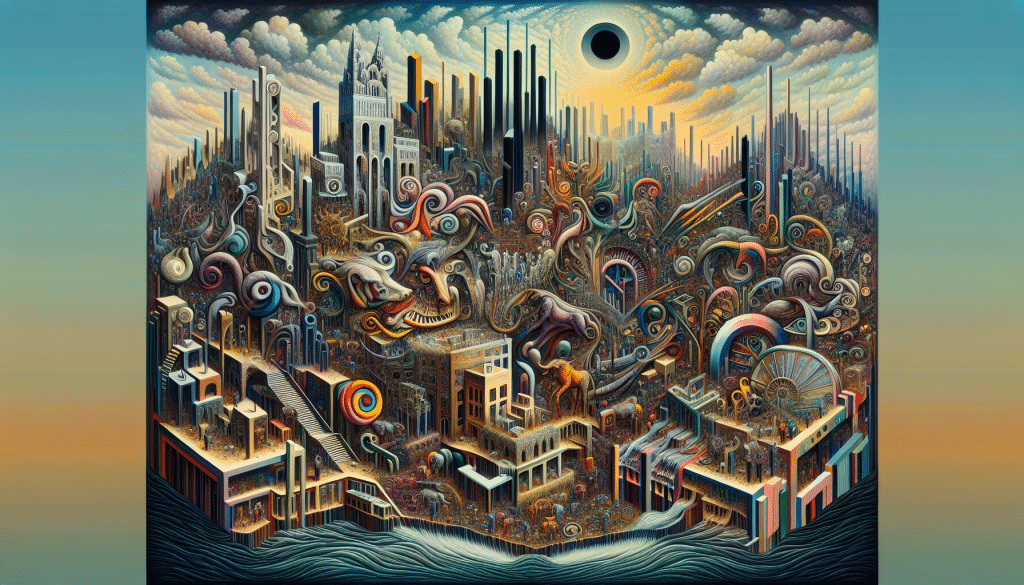Effective Study Techniques for Visual Learners

Visual learners are individuals who learn best through visual aids such as diagrams, charts, and images. Understanding and implementing effective study techniques catered towards visual learners can significantly improve their learning outcomes. In this article, we will explore strategies to help visual learners study more efficiently and effectively.
Understanding Visual Learners’ Study Techniques
Visual learners often benefit from incorporating visual aids into their study routine. Utilizing tools such as flashcards, mind maps, and color-coded notes can help them better understand and retain information. Diagrams and charts are also useful for visual learners, as they provide a visual representation of complex concepts. Additionally, watching educational videos or using interactive online resources can enhance their learning experience by engaging their visual senses.
Another important aspect of studying for visual learners is organizing information in a way that is visually appealing and easy to understand. Creating visual timelines or flowcharts can help them see the connections between different topics and aid in information recall. Additionally, using highlighters or different colored pens to emphasize key points can help visual learners focus on important information. By incorporating these strategies into their study routine, visual learners can improve their comprehension and retention of material.
When it comes to reviewing material, visual learners may find it helpful to use visual cues to trigger their memory. Associating concepts with images or symbols can help them recall information more easily during exams or when studying. Additionally, creating flashcards with visuals on one side and key information on the other can reinforce their understanding of the material. By actively engaging with visual aids during their study sessions, visual learners can create a stronger connection between the information and their memory.
Implementing Strategies for Maximum Efficiency
To maximize efficiency, visual learners should create a study environment that is conducive to their learning style. This may include using a clutter-free workspace with ample natural light and incorporating visual stimuli such as posters or inspirational quotes. Additionally, using technology to their advantage by utilizing online tools and apps that cater to visual learners can enhance their study experience.
Another effective strategy for visual learners is to engage in active learning techniques. This may involve creating their own visuals, such as diagrams or concept maps, to reinforce their understanding of the material. Group study sessions where they can visually explain concepts to others can also be beneficial for visual learners. By actively participating in their learning process, visual learners can solidify their understanding and retention of information.
In conclusion, understanding and implementing effective study techniques for visual learners can greatly improve their academic performance. By utilizing visual aids, organizing information visually, and incorporating active learning strategies, visual learners can enhance their comprehension and retention of material. With a tailored approach to studying that aligns with their learning style, visual learners can achieve success in their academic pursuits.
By recognizing the unique needs of visual learners and implementing strategies that cater to their learning style, individuals can unlock their full academic potential. Whether it’s creating colorful mind maps, using visual cues for memory recall, or actively engaging in their learning process, visual learners can excel in their studies with the right tools and techniques. By incorporating these strategies into their study routine, visual learners can enhance their learning experience and achieve their academic goals.





















Responses